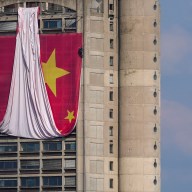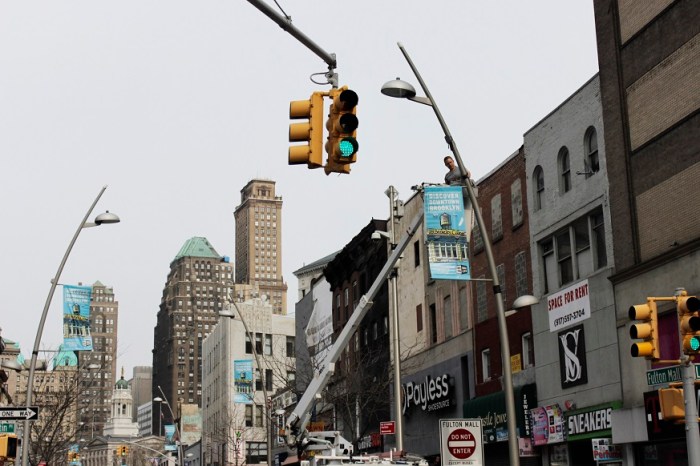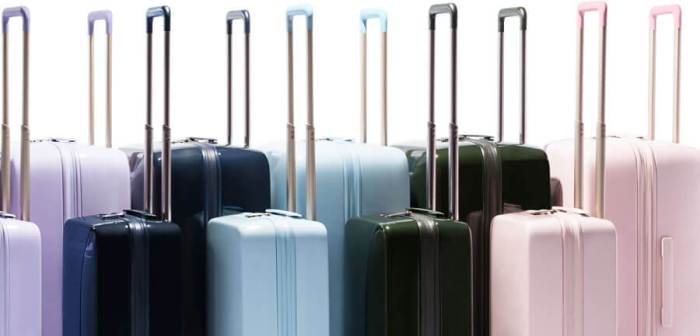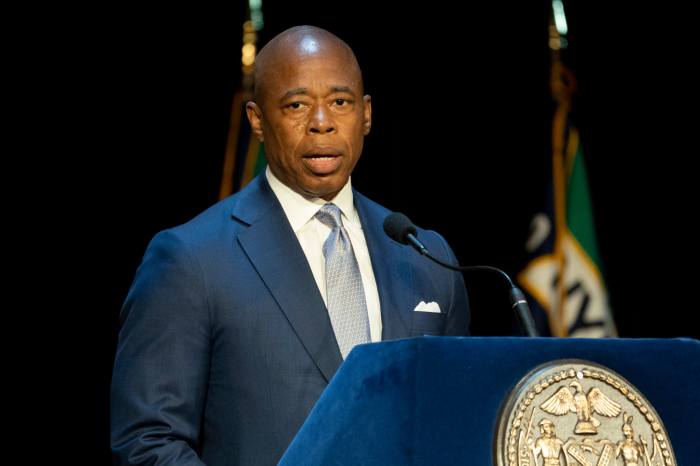The path to immortality could be digital as a Los Angeles startup plans to make resurrection available in the next 30 years through artificial intelligence. Humai claims it is working with nanotechnology experts to store our thought processes and brain activity, to “upload this consciousness” into an artificial body to make people cheat death. Skeptics have already labelled the project a hoax, but Humai says they will achieve their mission by making use of a host of applications that are currently being developed, without coaxing clients to pay for the nascent service. “We want to be at a point where someone doesn’t need to die at all,” Josh Bocanegra, CEO of Humai, told Metro. Q: How did your idea for Humai come about? RELATED:When you become so depressed that you feel dead Q: How do you plan to cheat death? Q: But you say the technology is not fully developed, right? Q: If it works out, how will a resurrected person feel? RELATED: New Yorkers can now get over-the-counter genetic testing Q: How would you respond to those who think Humai is a hoax? Q: What’s next for your project? –By Dmitry Belyaev
– I wanted to work on something meaningful, long-lasting and that will have an undeniable impact on other people’s lives. I’ve always been fascinated by the concept of A.I. Oddly enough though, I’ve never really been interested in science fiction, even as a kid.
– We’re looking into using cryonics technology with people who die before the technology is developed. Cryonics is basically a theoretical way to preserve the brain so that it can be restored later. Basically, the same way our heart knows how to pump blood, without us telling it to. We want to create technology that knows what to do inside a bionic body to keep the brain alive. Artificial intelligence will be hard-coded into tiny computers, to emulate the way our biological functions and improve on it over time. The best-case scenario, however, would be to successfully transplant a live person to the bionic body. We want to be at a point where someone doesn’t need to die at all.
– The technology to resurrect people hasn’t been developed yet but ongoing research is being done as we form strategic partnerships.
– Well, this would obviously be speculation since I imagine every person will have a different experience. I would feel tremendously inspired. Imagine you are no longer limited to your biological body. Every part of your body can be enhanced: your ears, your legs, your arms and even your eyes. Imagine how many skills you can learn and how that will impact the world of business. How would this affect crime rate? Religion? Love? Gender equality? What every person would feel is entirely up to their perception of life. When I imagine the future of this future, I’m optimistic that others will come after me and help create a world that most of us will love to live in — one step at a time.
– I’m very dedicated to this mission. So much so, that I’m mostly indifferent to those claims. Yes, Humai is an extraordinarily ambitious pursuit, but that’s the reason why I’m excited to work on it. As an innovator, big ideas have always been the fuel for my motivation. This is a project I care deeply about and I only hope to contribute to making an impact on humanity.
– Our first milestone is to launch Project Soul, an artificial replica of a deceased person based on data gathered over a few years of interacting with the app. We want to change the way we remember the dearly departed. With Soul, we want to answer the question: “How would be people remember you after you’re gone?” Soul is an A.I. messenger app that analyzes text to create an artificial replica of each user. The app will create an A.I. version of each user that can interact on its own after the user passes away. Project Soul will be the first time humans can interact with an A.I. version of those who’ve passed away. We expect this project to be finished in late 2017.
Startup wants to resurrect people within 30 years
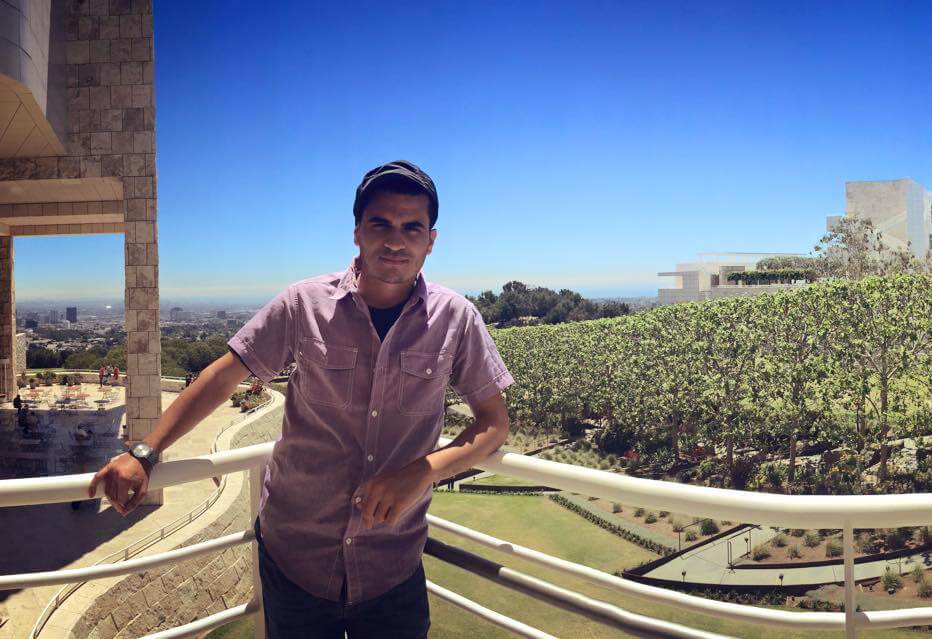
Provided.






